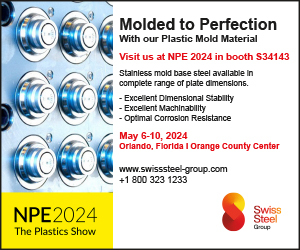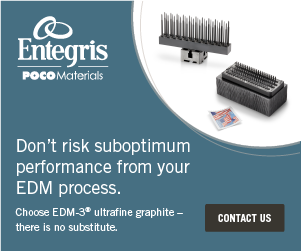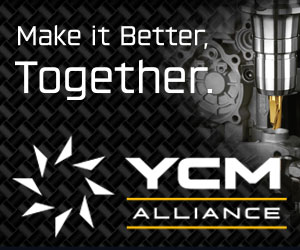Repair Molds that Last with Pulsed Laser Welding
Sponsored ContentRepairing a worn mold is always going to be cheaper than replacing it. The catch is how well that refurbished mold is going to perform in the future.
Share
For molds going to the welding repair shop, the quality of the welds and the welding process has everything to do with how well the mold performs in the future. In the U.S., the most common practice to rebuild worn cavity and core surfaces is with TIG (tungsten inert gas) welding.
However, plastics processors will find that the alternative, pulsed laser welding, delivers a superior result with less damage to the base material, so the mold will produce better quality parts and last significantly longer after the repair.
The primary argument for pulsed laser welding over conventional TIG or micro TIG welding is that the laser delivers a higher quality end result because it does less collateral damage to adjacent areas of the weld (such as the heat-affected zone)…READ MORE.






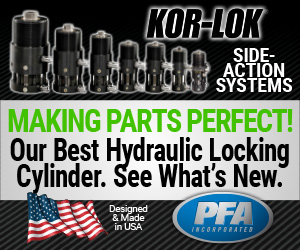
_300x250 3.png)
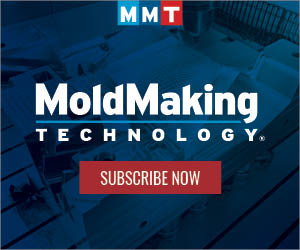
.jpg)


